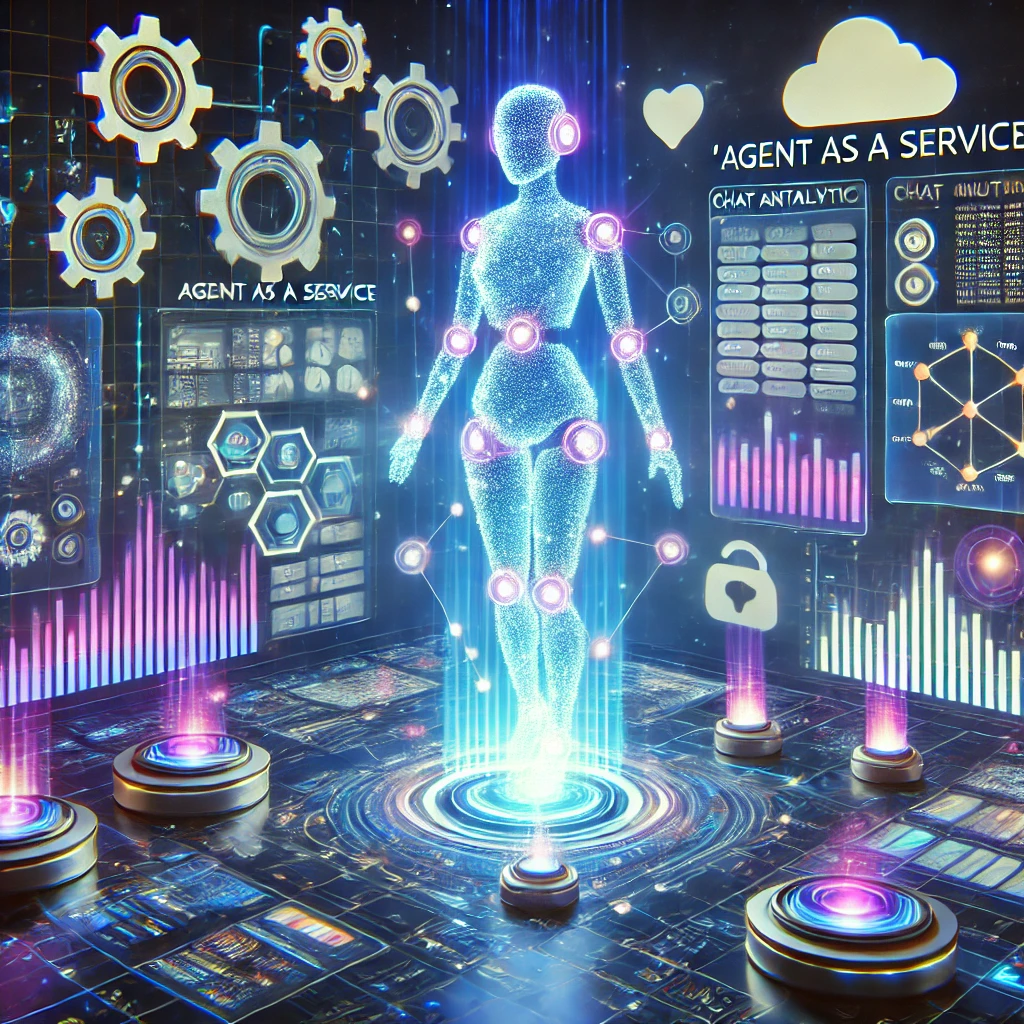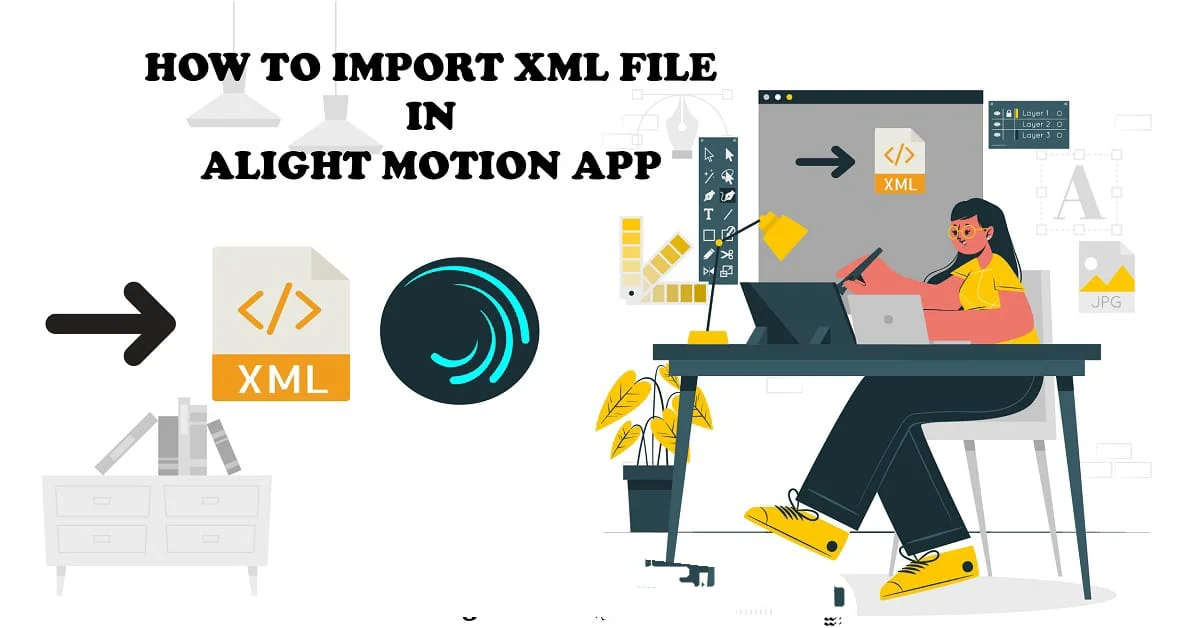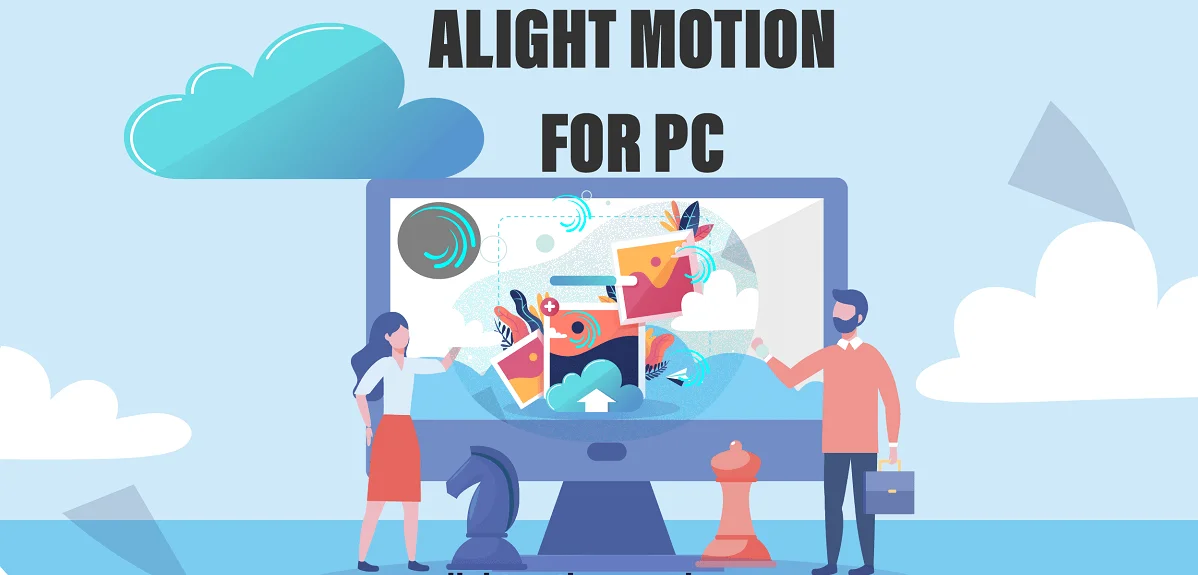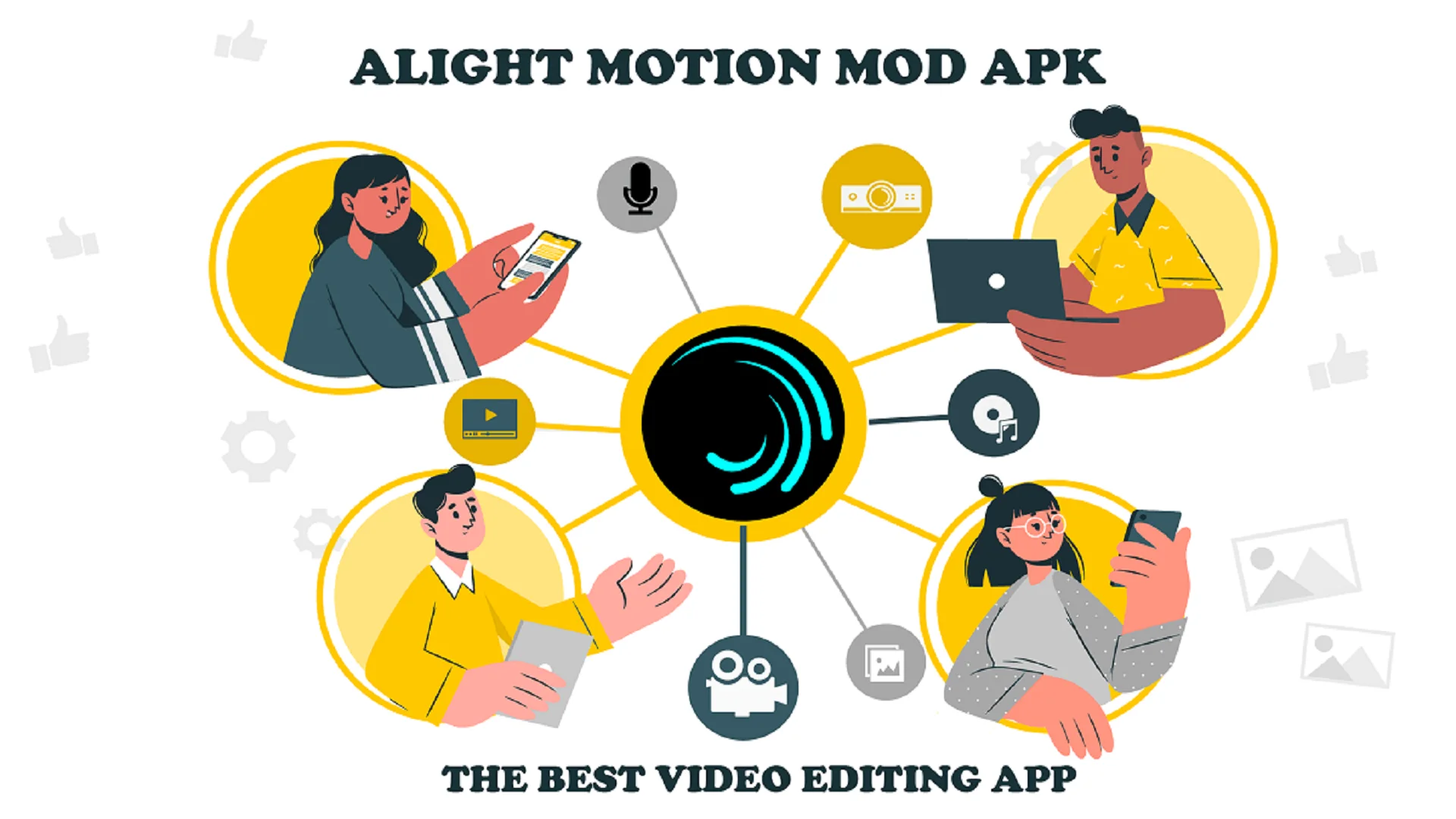Your cart is currently empty!

What is AaaS, Will it Change the Tech Industry in 2025?
The digital transformation of the global economy has introduced a plethora of innovative technologies, each promising to revolutionize how we work, live, and interact. Among these, Agent as a Service (AaaS) has emerged as a groundbreaking concept, leveraging artificial intelligence (AI) and automation to redefine service delivery. AaaS represents a shift from traditional software-centric models to agent-centric…
The digital transformation of the global economy has introduced a plethora of innovative technologies, each promising to revolutionize how we work, live, and interact. Among these, Agent as a Service (AaaS) has emerged as a groundbreaking concept, leveraging artificial intelligence (AI) and automation to redefine service delivery. AaaS represents a shift from traditional software-centric models to agent-centric solutions, where intelligent, autonomous agents perform tasks on behalf of users. This article delves into what AaaS is, how it works, its real-world applications, the industries it will transform, its limitations, and what it might replace in the future.
Table of Contents
What is AaaS (Agent as a Service)?
Agent as a Service (AaaS) is a cloud-based model where AI-powered agents are deployed to perform specific tasks or workflows autonomously or semi-autonomously. These agents are software entities equipped with capabilities such as natural language processing (NLP), machine learning (ML), computer vision, and decision-making algorithms. Unlike traditional Software as a Service (SaaS), which requires users to interact with applications manually, AaaS agents operate proactively, executing tasks without constant human intervention.
AaaS agents can range from simple chatbots and virtual assistants to complex systems capable of managing entire workflows. They are designed to learn from user behavior, adapt to preferences, and improve over time, making them highly efficient and personalized.
How Does AaaS Work?
AaaS operates on a combination of AI, cloud computing, and data analytics. Here’s a step-by-step breakdown of how it works:
- Task Identification: The user defines the task or workflow they want the agent to perform. This could be anything from scheduling meetings to analyzing data or managing customer interactions.
- Agent Deployment: The Agent as a Service platform deploys an AI agent tailored to the task. The agent is hosted on the cloud, ensuring scalability and accessibility.
- Data Integration: The agent integrates with existing systems, such as SaaS platforms, databases, or IoT devices, to access the necessary data and tools.
- Task Execution: Using AI capabilities, the agent performs the task autonomously. For example, a customer service agent might analyze incoming queries, provide responses, and escalate complex issues to human agents.
- Learning and Adaptation: The agent learns from each interaction, refining its algorithms to improve performance and accuracy over time.
- Reporting and Feedback: The agent provides feedback to the user, such as task completion status, insights, or recommendations.
Interesting Read: Will AaaS replace the traditional SaaS?
Real-World Examples of AaaS
AaaS is already making waves across various industries. Here are some real-world examples:
1. Customer Service
- Example: Companies like Zendesk and Freshdesk are integrating AI-powered chatbots into their customer service platforms. These chatbots handle routine queries, such as tracking orders or resetting passwords, freeing up human agents to focus on complex issues.
- Impact: Agent as a Service reduces response times, improves customer satisfaction, and lowers operational costs.
2. Healthcare
- Example: Babylon Health uses AI agents to provide virtual consultations. Patients describe their symptoms, and the agent analyzes the data to provide medical advice or recommend further action.
- Impact: AaaS enhances accessibility to healthcare services, especially in remote areas, and reduces the burden on healthcare professionals.
3. Finance
- Example: Wealth management platforms like Betterment and Wealthfront use AI agents to provide personalized investment advice. These agents analyze market trends, user preferences, and risk tolerance to create optimized portfolios.
- Impact: Agent as a Service democratizes access to financial expertise, enabling individuals to make informed investment decisions.
4. Retail
- Example: Amazon’s Alexa and Google Assistant act as AaaS agents, helping users shop online, track orders, and manage smart home devices.
- Impact: Agent as a Service enhances the shopping experience by providing personalized recommendations and streamlining transactions.
5. Manufacturing
- Example: Siemens uses AI agents to monitor and optimize production lines. These agents analyze sensor data to predict equipment failures and recommend maintenance actions.
- Impact: AaaS improves operational efficiency, reduces downtime, and lowers maintenance costs.

What Will AaaS Replace?
AaaS is poised to replace or significantly reduce the need for certain tasks and roles across industries. Here’s what it might replace:
- Repetitive Manual Tasks: It will automate routine tasks such as data entry, scheduling, and report generation, reducing the need for human intervention.
- Basic Customer Support Roles: AI-powered chatbots and virtual assistants will handle routine customer queries, reducing the demand for entry-level customer service representatives.
- Middle-Management Functions: AI agents can analyze data, generate insights, and make decisions, potentially reducing the need for middle managers in certain contexts.
- Specialized Roles: In industries like finance and healthcare, AI-powered agents can perform tasks such as investment analysis and preliminary diagnostics, augmenting or replacing specialized roles.
However, it’s important to note that Agent as a Service is unlikely to replace jobs entirely. Instead, it will shift the focus of human workers toward higher-value tasks that require creativity, empathy, and strategic thinking.
Tasks and Industries AaaS Will Transform
AaaS has the potential to revolutionize a wide range of tasks and industries. Here’s a breakdown:
1. Customer Service
- Tasks: Handling routine queries, processing returns, and providing product recommendations.
- Impact: Improved efficiency, reduced costs, and enhanced customer satisfaction.
2. Healthcare
- Tasks: Virtual consultations, patient monitoring, and medical data analysis.
- Impact: Increased accessibility, faster diagnoses, and reduced workload for healthcare professionals.
3. Finance
- Tasks: Fraud detection, investment analysis, and personalized financial planning.
- Impact: Enhanced security, better investment outcomes, and democratized access to financial services.
4. Retail
- Tasks: Inventory management, personalized marketing, and order tracking.
- Impact: Optimized supply chains, increased sales, and improved customer experiences.
5. Manufacturing
- Tasks: Predictive maintenance, quality control, and production optimization.
- Impact: Reduced downtime, improved product quality, and lower operational costs.
6. Human Resources
- Tasks: Resume screening, employee onboarding, and performance monitoring.
- Impact: Streamlined recruitment processes, improved employee engagement, and data-driven decision-making.
Limitations of Agent as a Service
Despite its potential, AaaS is not without limitations. Here are some key challenges, supported by real-world examples:
1. Data Privacy and Security
- Example: In 2021, a major chatbot provider faced backlash when it was revealed that user conversations were being stored and analyzed without consent.
- Challenge: AaaS agents require access to sensitive data, raising concerns about privacy and security. Robust safeguards are essential to prevent data breaches and misuse.
2. Lack of Human Touch
- Example: A customer interacting with a chatbot for a complex issue may feel frustrated if the agent cannot understand or resolve the problem.
- Challenge: AaaS agents lack the empathy and emotional intelligence of human workers, making them less effective in situations requiring nuanced communication.
3. Dependence on Data Quality
- Example: An AI agent used for medical diagnostics may provide inaccurate recommendations if trained on biased or incomplete data.
- Challenge: The performance of AaaS agents depends on the quality and diversity of the data they are trained on. Poor data can lead to flawed outcomes.
4. Ethical and Regulatory Concerns
- Example: The use of AI agents in hiring processes has raised concerns about algorithmic bias and discrimination.
- Challenge: AaaS must adhere to ethical guidelines and regulatory frameworks to ensure fairness, transparency, and accountability.
5. Integration Challenges
- Example: A manufacturing company may struggle to integrate an AaaS agent with legacy systems, limiting its effectiveness.
- Challenge: Seamless integration with existing infrastructure is critical for AaaS success, but it can be complex and resource-intensive.
The Future of AaaS
AaaS is not just a technological trend; it represents a fundamental shift in how we approach service delivery. As AI technologies continue to advance, AaaS will become more sophisticated, capable of handling increasingly complex tasks. However, its success will depend on addressing the challenges outlined above and fostering collaboration between humans and agents.
In the future, we can expect AaaS to:
- Augment Human Capabilities: By automating routine tasks, it will enable humans to focus on creativity, innovation, and strategic thinking.
- Drive Industry Innovation: AaaS will unlock new possibilities in fields like healthcare, finance, and manufacturing, driving efficiency and growth.
- Create New Opportunities: As AaaS evolves, it will create new roles and industries, such as AI agent trainers, ethicists, and integration specialists.
Conclusion
Agent as a Service is poised to transform the digital landscape, offering unprecedented levels of automation, efficiency, and personalization. While it may replace certain tasks and roles, its true potential lies in augmenting human capabilities and driving innovation across industries. However, realizing this potential will require addressing challenges related to data privacy, ethics, and integration.
As we navigate this new era of digital service delivery, the key to success will be striking a balance between automation and human touch, ensuring that AaaS serves as a tool for empowerment rather than a source of disruption. The future of AaaS is bright, and its impact will be felt far and wide, reshaping the way we work, live, and interact with technology.
FAQs
What is Agent as a Service (AaaS)?
Agent as a Service (AaaS) is a cloud-based model where AI-powered agents perform tasks or workflows autonomously or semi-autonomously. These agents use technologies like natural language processing (NLP), machine learning (ML), and computer vision to execute tasks without constant human intervention.
How does AaaS work?
AaaS works by deploying AI agents to perform specific tasks. These agents integrate with existing systems, access relevant data, execute tasks autonomously, and learn from interactions to improve over time. They operate in the background, reducing the need for manual input.
What are some real-world examples of AaaS?
Customer Service: AI chatbots like Zendesk and Freshdesk handle routine queries.
Healthcare: Babylon Health uses AI agents for virtual consultations.
Finance: Platforms like Betterment use AI agents for personalized investment advice.
Retail: Amazon’s Alexa and Google Assistant assist with shopping and smart home management.
Manufacturing: Siemens uses AI agents to monitor and optimize production lines.
What tasks will AaaS replace?
AaaS will automate repetitive tasks such as:
Data entry and report generation.
Routine customer service queries.
Basic financial analysis and investment recommendations.
Predictive maintenance in manufacturing.
Will AaaS replace human jobs?
AaaS is more likely to augment human roles rather than replace them entirely. It will handle repetitive tasks, allowing humans to focus on creative, strategic, and empathetic work. However, some entry-level and specialized roles may see reduced demand.
What are the limitations of AaaS?
Data Privacy and Security: AaaS agents require access to sensitive data, raising privacy concerns.
Lack of Human Touch: Agents may struggle with tasks requiring empathy or nuanced communication.
Dependence on Data Quality: Poor or biased data can lead to flawed outcomes.
Ethical and Regulatory Concerns: Issues like algorithmic bias and accountability need addressing.
Integration Challenges: Legacy systems may not easily integrate with AaaS platforms.
How does AaaS differ from SaaS?
SaaS: Provides software applications for users to perform tasks manually.
AaaS: Uses AI agents to perform tasks autonomously, reducing the need for manual interaction.
Can small businesses benefit from AaaS?
Yes, small businesses can use AaaS to automate tasks like customer support, inventory management, and data analysis, reducing costs and improving efficiency.
How can businesses implement AaaS?
Businesses can implement AaaS by:
Identifying tasks suitable for automation.
Choosing a reliable AaaS provider or platform.
Integrating AaaS agents with existing systems.
Training employees to work alongside AI agents.
What are the costs associated with AaaS?
Costs vary depending on the complexity of tasks, the level of customization, and the provider. However, AaaS can lead to long-term cost savings by reducing manual labor and improving efficiency.
Will AaaS replace SaaS?
AaaS is unlikely to replace SaaS entirely. Instead, it will augment SaaS by automating tasks and enhancing functionality, creating a hybrid model where both coexist.


